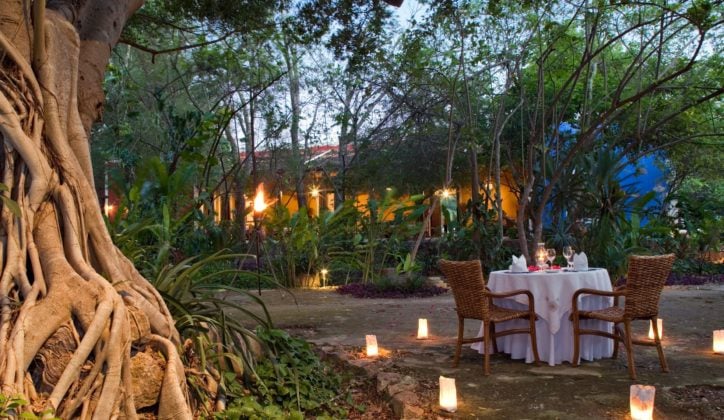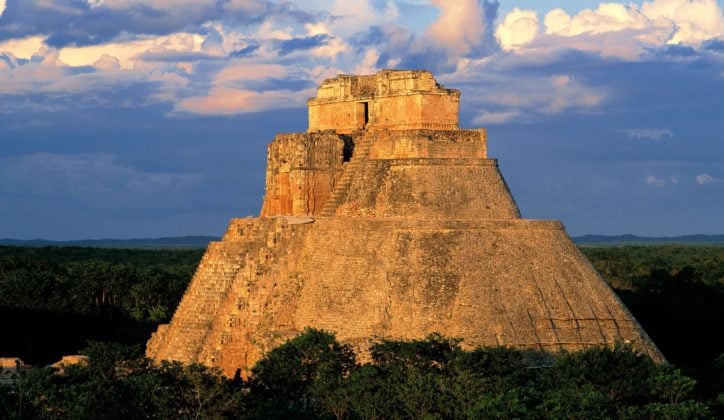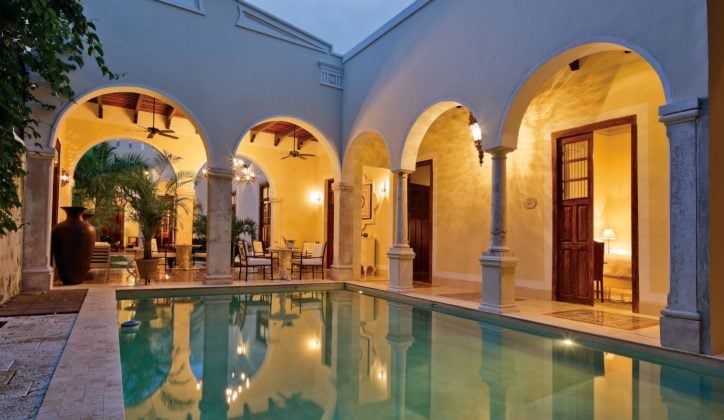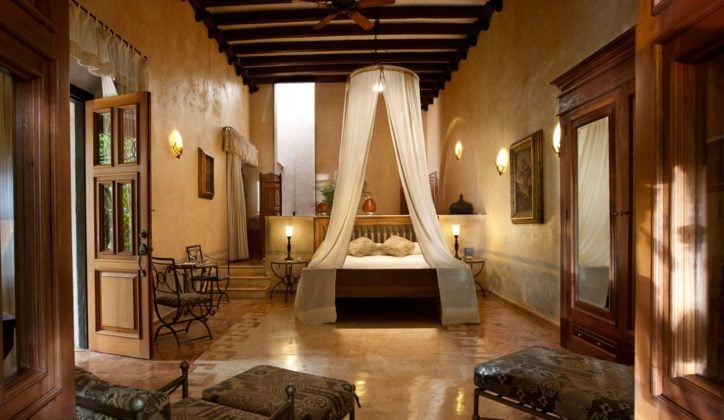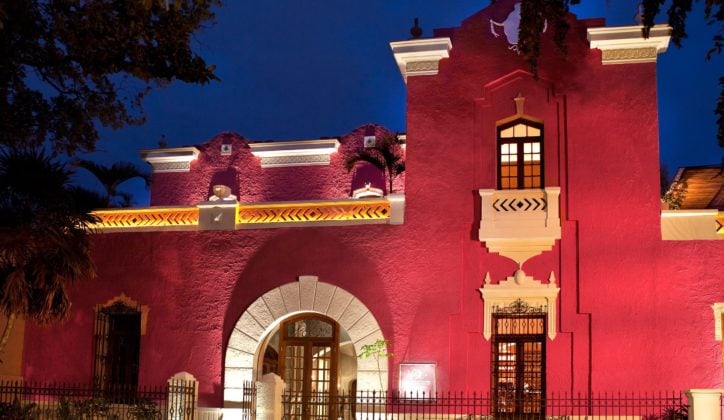As the cultural heart and capital of the Yucatán Peninsula, Mérida has seen its fair share of history and empires.
To the Mayans who founded their city of T’ho here, it was their cultural centre, for the first Spanish settlers when they arrived, it was first a walled city to protect the colonisers against invading indigenous forces, then later a city of immense wealth profiteering from the cultivation of Agave. For the French, Dutch and British merchants, Mérida was a town where much trans-Atlantic trade and business took place.
Today the town has pleasingly held on to its ethnic roots and is home to the largest population of indigenous people in all of Mexico. In possession of some of the country’s best museums, bustling markets and the largest colonial quarter in the Americas, Merida is also a sophisticated base for visiting a myriad of unmissable Mayan sites along the Puuc route such as Chichen Itza and Uxmal, as well as the pleasant town of Izamal, cenotes (natural bore holes) and the Gulf coast’s quaint seaside villages.
When to go
You can go to Merida all year round and its temperatures stay pretty constant at around 30°c (86°F). There rainy season is from June to October.
What to do
- Stroll through its colonial labyrinth of old mansions, palaces, plazas, churches and cathedrals
- Peruse the bustling markets and stores selling some of the Yucatanâ??s best handicrafts, jewellery and keepsakes
- Explore the majestic site of Chichen Itza and Uxmal, to smaller more solitary sites like Dzibilchaltum
- Day trips to towns like Izamal for an enthralling juxtaposition of indigenous and European cultures.
- Expeditions to the nearby Gulf coast to visit quaint fishing villages and old port cities.
Itineraries including Mérida
Accommodation in Mérida
Here are some of our travel designers' favourite options








